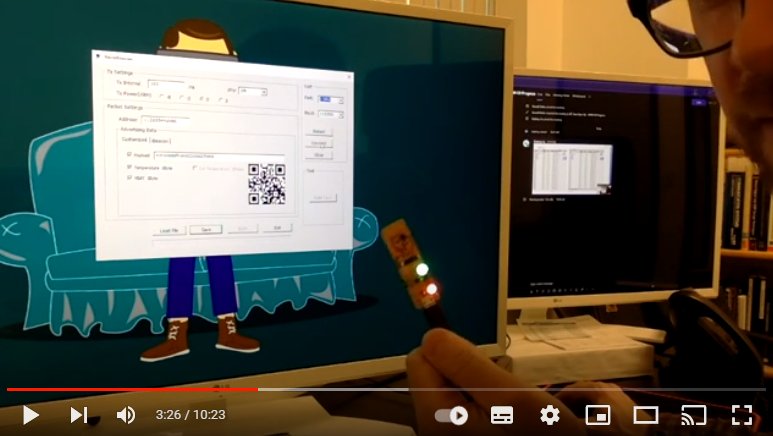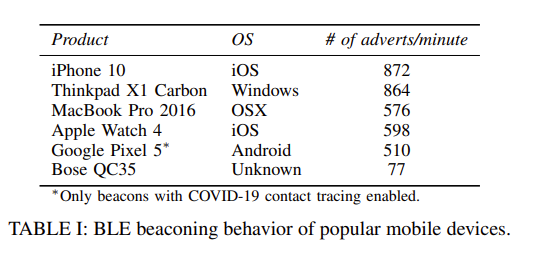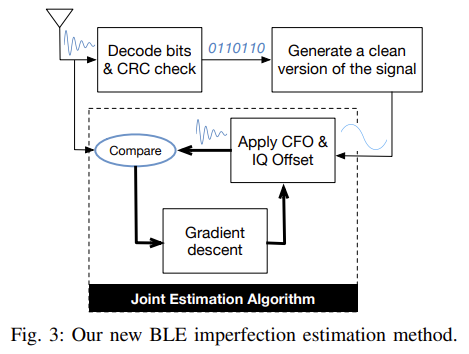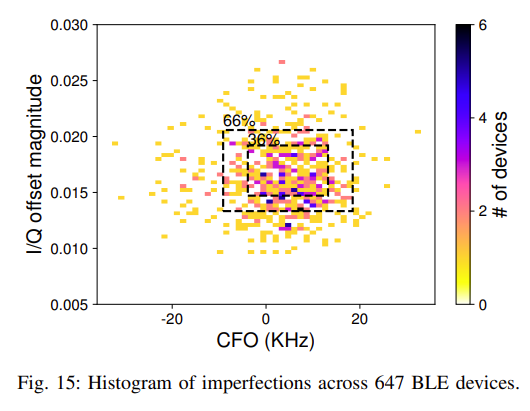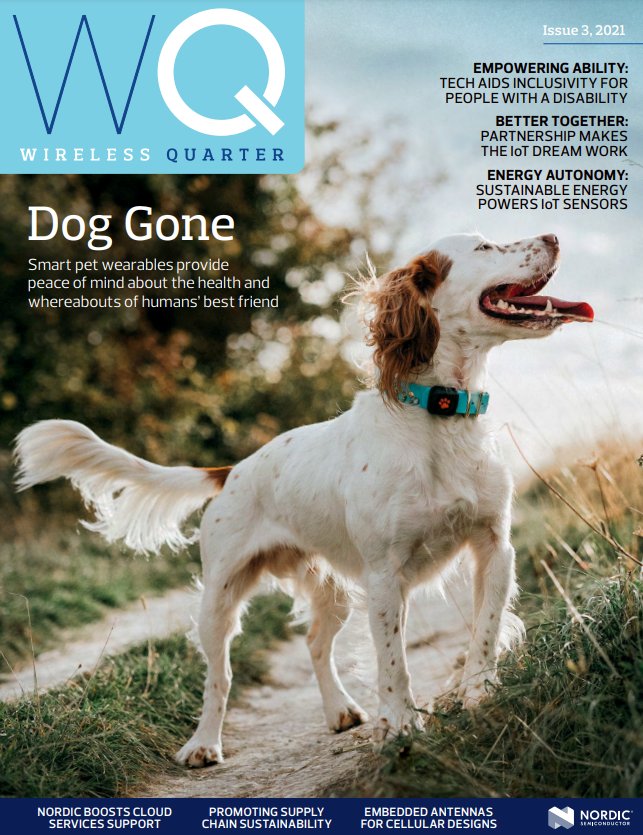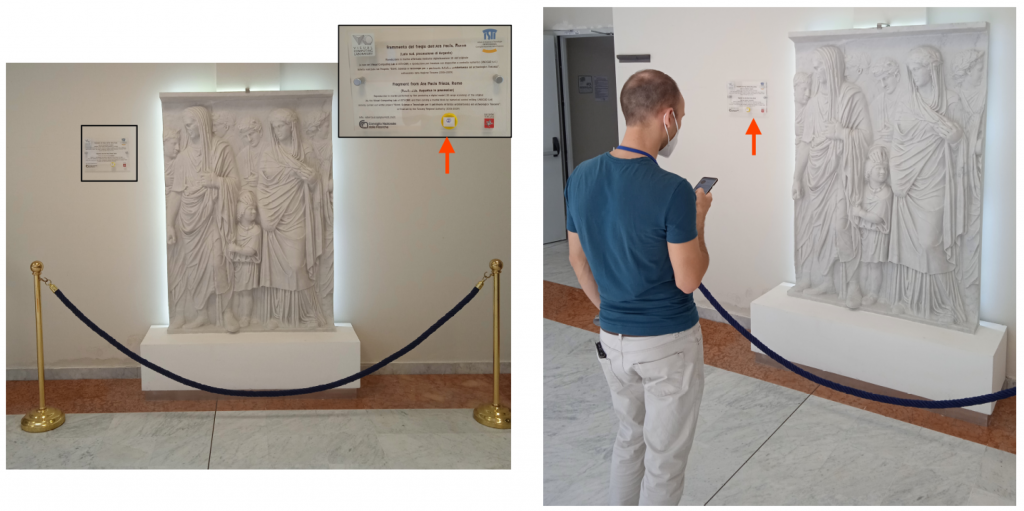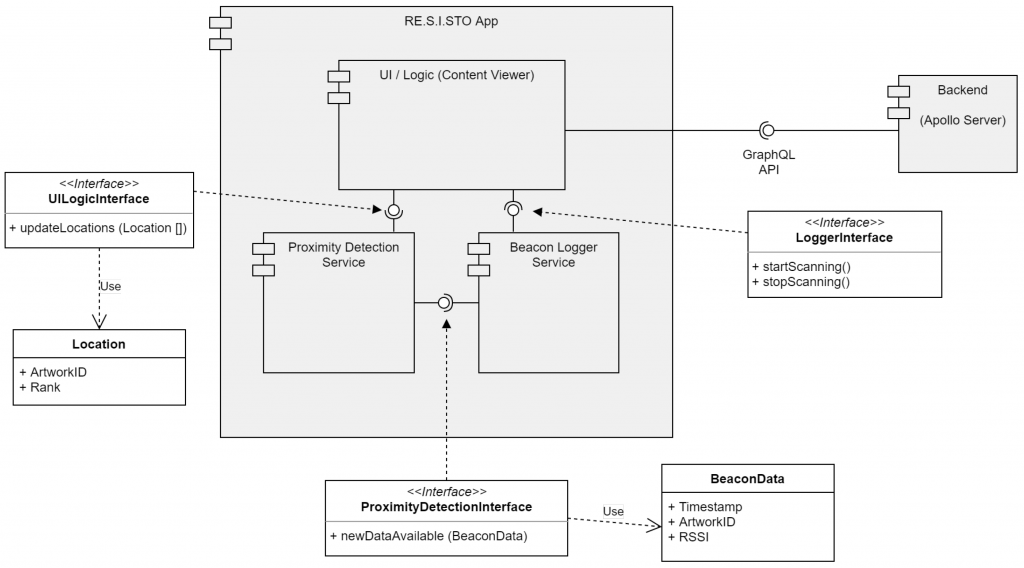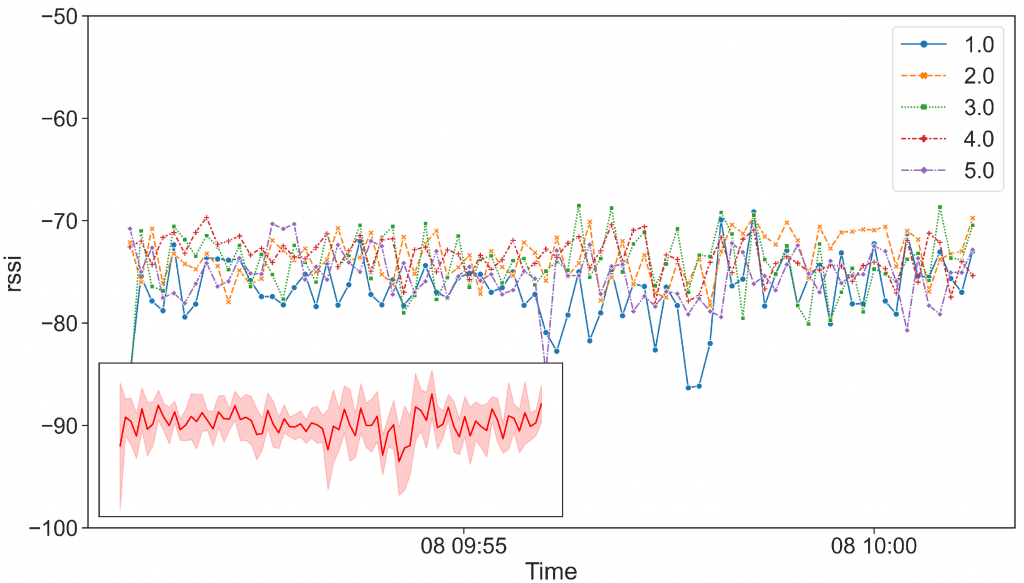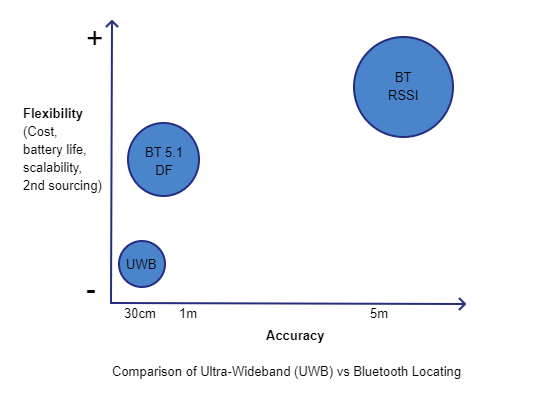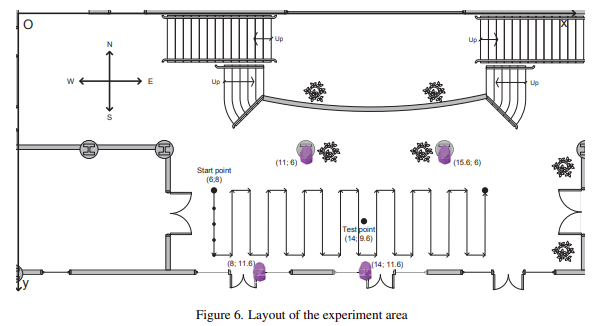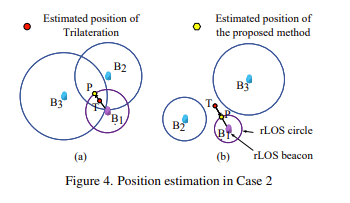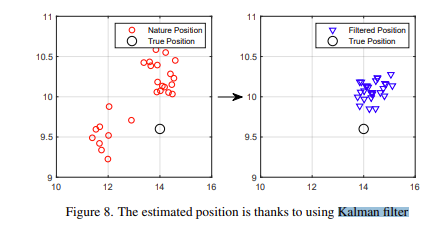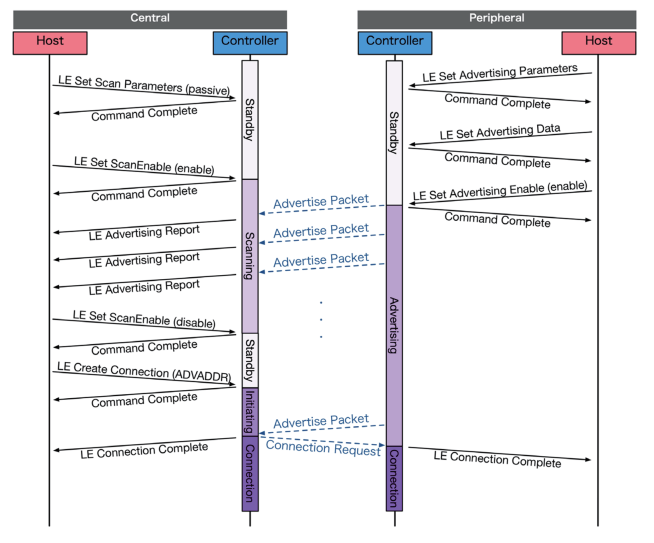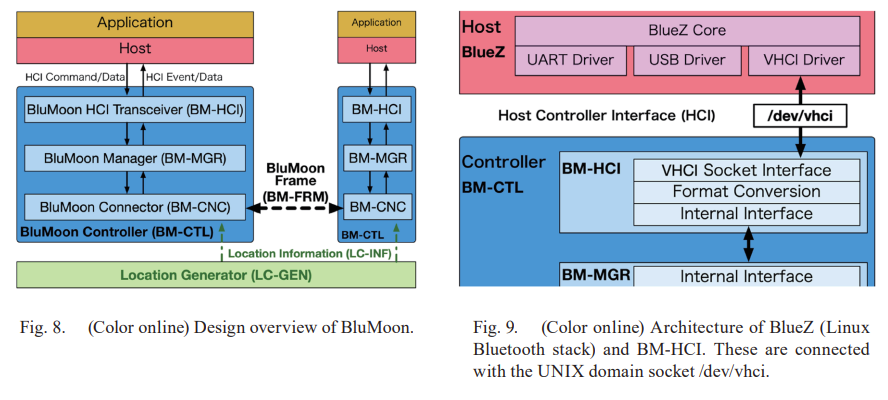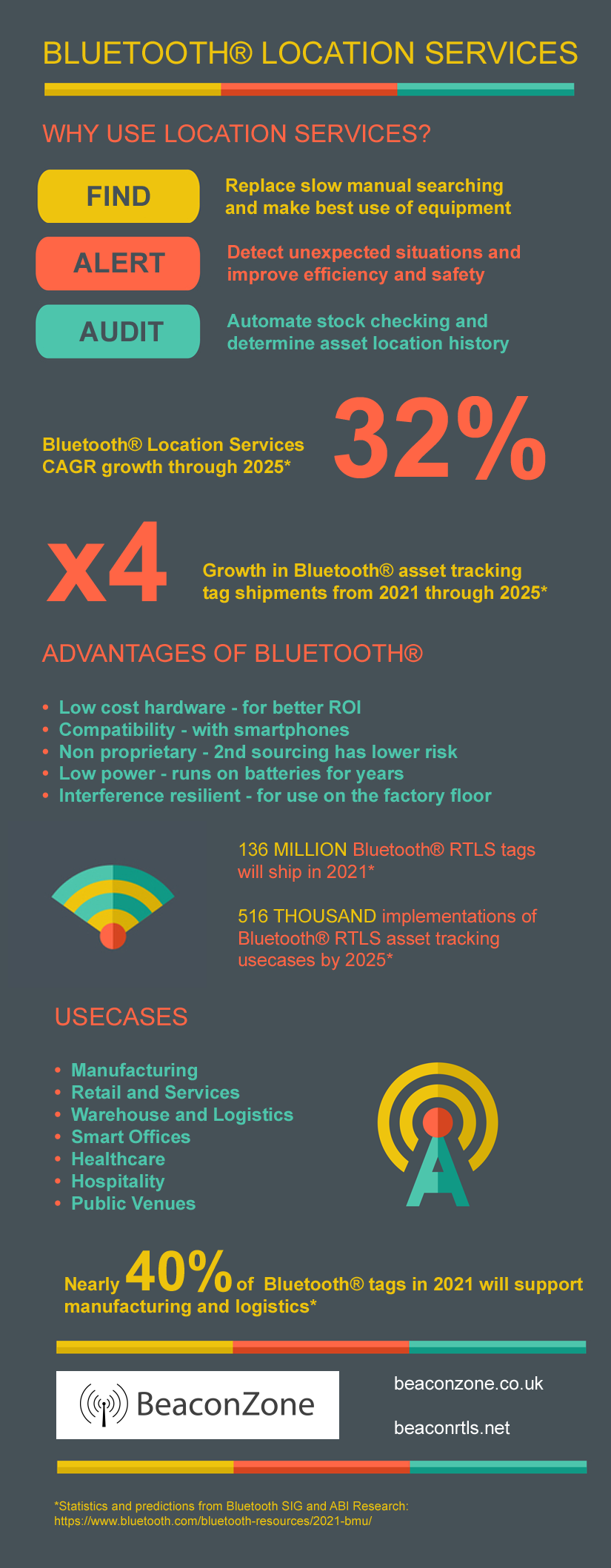Almost all beacons are slight derivations of a few standard circuit designs and firmware provided by Texas Instruments, Dialog and Nordic who produce the System On a Chip (SoC) inside beacons. The SoCs are general purpose devices that can do a lot more than just advertise as beacons but the beacon manufacturers only provide fixed firmware that performs just this one function, occasionally with additional sensing.
The use of firmware-based SoCs for beacons means there’s a lot of hardware and software (SDKs) that goes into creating a beacon. Much of this isn’t needed if the chip is designed for the single purpose of being a beacon. We previously mentioned the AK1594 but have yet to see any designs making use of this device.
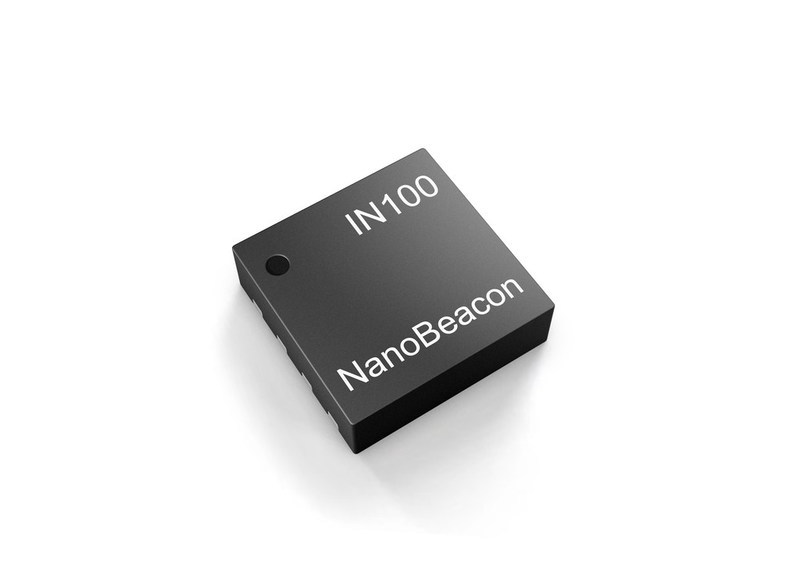
The InPlay NanoBeacon IN100 is a newer device that has recently received Bluetooth 5.3 certification. It’s small (DFN8 is 2.5 x 2.5mm), inexpensive (designs using it are expected to be <$1) and no firmware or SDK is required.
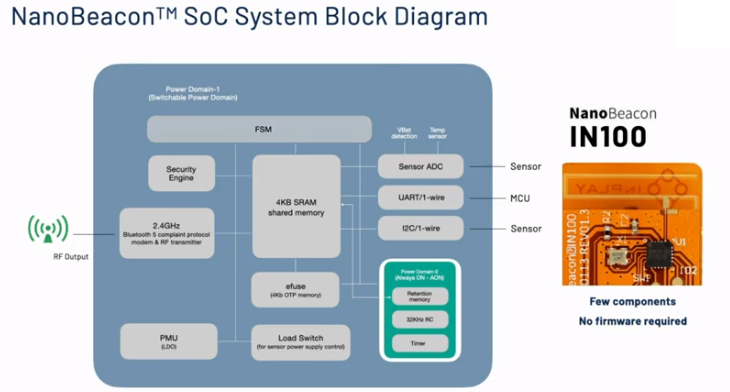
The IN100 uses only 650nA when used with 1 minute advertising intervals that means it will last a very long time under battery power. The range can be up to several hundred meters. It’s configured using a programmer board connected by USB. A smartphone app is used for configuration. InPlay have a video demonstrating configuration:
We expect this SoC will end up being embedded in products rather than being used stand-alone in beacons because beacon manufacturers are already heavily invested into firmware-based beacons.
